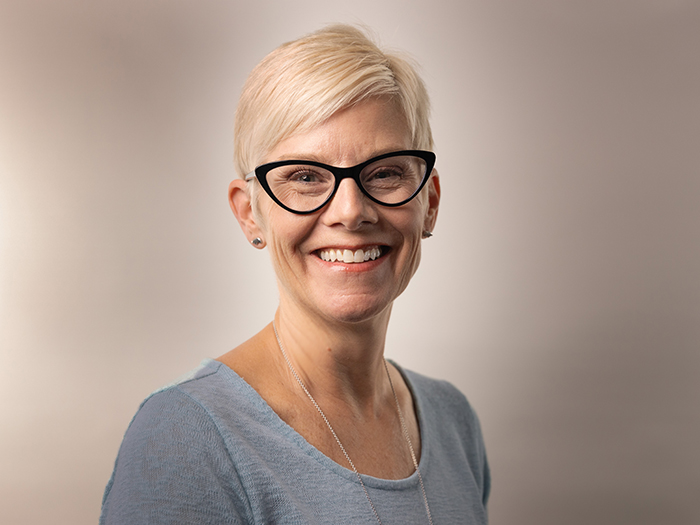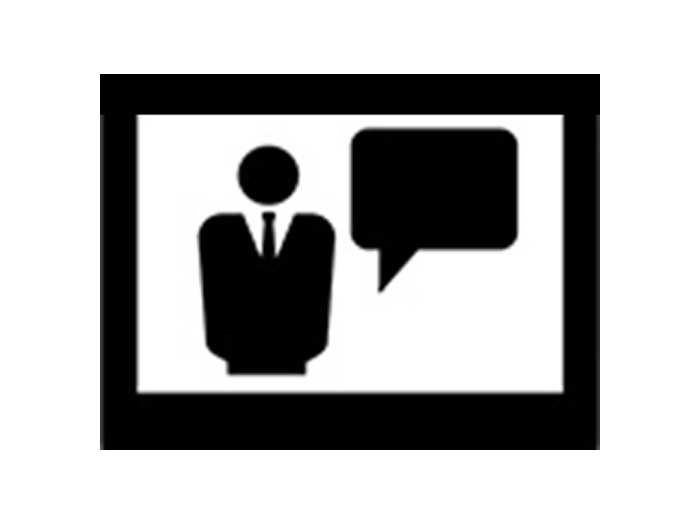The Insurance Communicators: 9 Questions for Sally Roberts of Marsh

The professionals that focus on communications, public relations and marketing in the insurance industry perform a vital function. They’re the ones that build needed bridges between the industry, the media, policyholders and other key players.
It’s possible that insurance will never be fully understood by significant portions of the public and private sectors. But that doesn’t mean these communications professionals don’t keep trying!
In this series from Risk & Insurance, we interview public relations and media relations professionals who have spent a significant portion of their professional lives in the insurance space. The goal of the series is to give the industry and the world at large a better idea of the important work these professionals do.
In this installment, we talk to Sally Roberts, the U.S. head of media relations for Marsh.
Risk & Insurance: After you majored in journalism in college, what was your first communications job?
Sally Roberts: The job market at the time was horrible. I was fortunate to have been nominated for and ultimately awarded a Business Press Educational Foundation Internship my senior year at the University of Kansas. I remember so vividly trying to figure out where the 312 area code was on the back of a phone book before speaking with an editor of a trade magazine interested in me coming to intern for them over the summer. It was Business Insurance [BI]. During my 10-week internship in Chicago, a reporter quit and BI hired me on full-time.
R&I: You spent 18 years with Business Insurance and advanced to the position of senior editor. What parts of that work did you enjoy the most?
SR: I got to travel quite a bit, including an annual trip to the Cayman Islands to report on the captive insurance industry there. I got my scuba diving certification to be able to take advantage of that and the various other trips to Hawaii to cover insurance conferences.
One of the coolest things I’ve ever done is a night dive to feed manta rays on the Big Island. I sat in on insurance sessions and networked in the morning, wrote up conference copy in the afternoon and fed manta rays at night. Not a bad day’s work.
In terms of what I enjoyed the most at BI, however, it would have to the people. My BI colleagues were my family and in many cases are still my closest friends.
R&I: After 18 years as an insurance journalist, you made the big jump and went to work for Marsh. What was it like to make that kind of transition?
SR: I believe it’s called “going to the dark side.” I remember being told that the hardest thing would likely be adjusting from writing objectively to subjectively.
While the writing was certainly different, it wasn’t the most challenging part. That was going from a small, privately held publishing environment to a publicly traded Fortune 300 corporate environment. All the meetings, PowerPoints, Excel spreadsheets — that took some time getting used to.
R&I: Having worked with Marsh for a while now, what aspect of your achievements there are you proudest of?
SR: The truth is I find the commercial insurance industry incredibly fascinating. Insurance is a vital enabler for businesses to grow. Those stories don’t get told enough.
What I like most about my job is working with really smart colleagues — and Marsh has many of them — who have created really innovative solutions for our clients and coming up with a media strategy to tell those stories. In terms of achievements, any time I’m able to tell one of those stories in a national news outlet, it’s a good day.
R&I: What do you see as the biggest challenge for insurance communicators?
SR: While I think it’s improving, the insurance industry still needs an image makeover.
The number of negative stories in the media about insurers not paying claims or no longer underwriting certain sectors or geographies far outnumber the positive stories of what the industry is doing to help communities, commerce and trade.
For example, Marsh and several global insurers are working right now with the Ukrainian government on a war risk insurance solution to help safely export grain to and from ports in Kyiv. This, of course, follows Russia’s withdraw from the Black Sea Grain Initiative.
Marsh’s media team successfully pitched that story to a number of media outlets. The challenge, I think, for insurance communicators is to get more of those type of stories told and change the narrative of the industry.
R&I: What advice would you give to a young communications professional on how to make their mark in the insurance field?
SR: Take the time to learn the business and stay curious. I think it’s so important for communications professionals — especially those working with the media — to understand what it is they are trying to pitch and promote.
The industry is pretty complex and replete with acronyms. It takes a while to get a good understanding of how things work, but once you can talk the talk, you’re in a much better position to become a strategic advisor, which is my second piece of advice.
If you want to make a mark, don’t be an order-taker. Work with your business leaders and provide advice on what you think is newsworthy and what messages would resonate best externally, and push back when necessary.
Similarly, be a strategic advisor to reporters. Many reporters, especially national news reporters, do not understand how the insurance industry works. Be able to answer questions and explain how things work. Reporters appreciate it and it goes a long way in building those relationships.
R&I: To what degree is your team using artificial intelligence in your content development?
SR: I find Chat GPT a useful tool to get inspiration and ideas for various content, whether it’s finding another way to describe something in a press release or paring down a report into smaller key messages. To me, it’s a great resource, but it’s never the end-all, be-all. It still needs the human touch.
R&I: Where do you see risks in the use of AI in content development or publishing?
SR: According to Chat GPT, the risks of using AI in content development or publishing are: quality and authenticity, bias and fairness, loss of human touch, originality and plagiarism, legal and ethical issues, lack of contextual understanding, reputation and trust, unintended consequences, dependency and skills erosion, lack of uniqueness, and regulatory challenges.
I think that sums it up pretty well.
R&I: You’ve spent your entire career in the commercial insurance communications field. What is it about this sector that has kept your interest and made you want to stay in it?
SR: It’s never the same day twice. Just today, I had conversations about the risks associated with nearshoring in Mexico, Hurricane Idalia, climate change and PFAS. Tomorrow, it will be different.
Risks are always changing, and the insurance industry is always evolving to keep up. I love that about this industry. My husband calls me “Flo” (as in the Progressive ads) because any time we are out in public and someone mentions insurance, I immediately run over to them and start talking about how great the industry is. &










